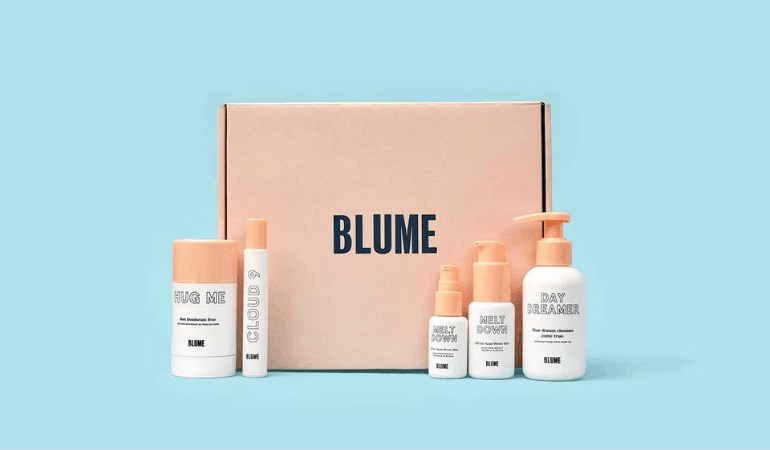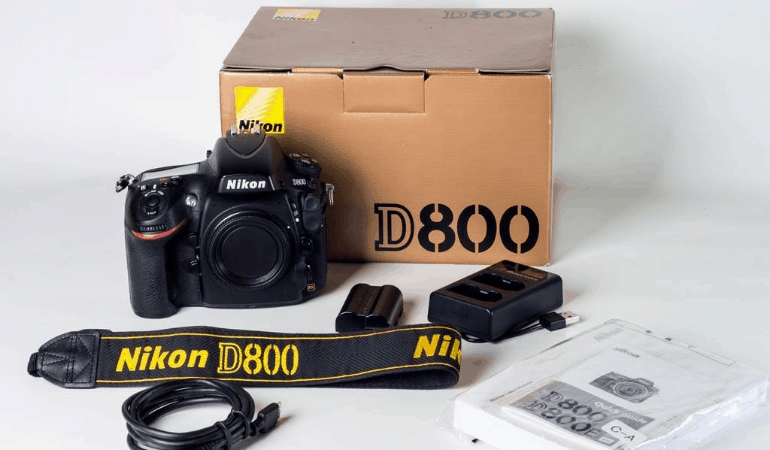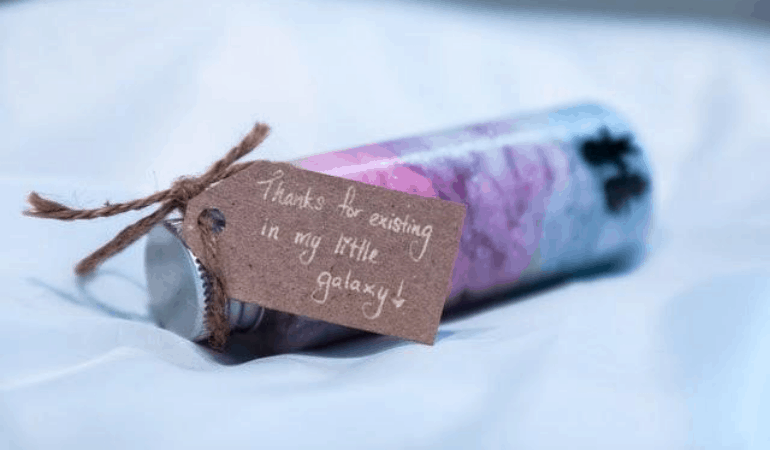So great news, right? That your prospect successfully converted. Now, while that is exciting, it isn’t enough. It matters that you engage your customers beyond the initial point of sales to a place where they go on to become loyal customers–first to the product and then to the brand.
It is crucial for e-commerce retailers to engage their customers even after the sale has taken place. This is where post-purchase strategies come into play.
Post-purchase strategies help to up your value game in the eye of the consumer. While it might not be the fastest converting strategy, it is one sure way to improve your customer experience, extend your customer journey, and position your brand for future sales.
Below are six ways to improve your customer experience using post-purchase strategies.
1. Put In A Return Policy
You must put in place a return policy that allows buyers to easily return their orders in the event of a defect or error on your part.
The logic might seem pretty much counterintuitive, but surprisingly, it could end up shooting up your sales and bringing in more money.
According to a survey conducted by Businesswire in December 2018, 95% of shoppers will return to make another purchase if the business supplies them with a smooth return process.
Now, the regular brick-and-mortar store might easily get by without this option. But as an online business that you are, the integrity of your product can really only be ascertained when the order eventually arrives.
Hence, you need to reassure the customers that they are getting value for their money and that they could always return and get a refund in case they feel otherwise.
Zappos, for example, one of the leading shoe and clothing e-commerce retail outlets, offers to its customers straightforward and smooth return policies. According to Zappos’ VP of services and operations, Craig Adkins, “Our best customers have the highest returns rates, but they are also the ones that spend the most money with us and are our most profitable customers”.
To make your returns process work for your retail business, you might want to consider the following:
a) The Length Of Your Return Window
One lesson we can learn from them is using a long return window to buy trust from shoppers. Zappos offers a 365 days return window. While that might not be so obtainable for a business that is just starting, a 60-90 days return window is just fine.
A long return window will give the buyer time to test out their order and confirm your satisfaction. Chances are, if your products are good enough, they won’t return, but you’ve also gone ahead to establish a platform for subsequent purchases.
b) Provide Free Shipping For Returns
It’s not enough to tell customers that they can return their orders if they are dissatisfied. Remember, the aim is to make it as seamless and stress-free as possible for them. If you charge them for returning the product, they are less likely to buy again or remain customers.
While it may cost your business some cash, having a more open return policy could actually help boost your brand in the long run.
c) Make Your Return Policy Easy To Find And Understand
Of what use is a return policy that will not result in increased customer satisfaction? You should strive to make your returns process easy to understand.
If you understand that customers are lazy and want as much convenience as possible, you’ll understand why a good product isn’t enough to keep the sales coming in.
You could have a page on your website dedicated to it. You could also answer all the possible questions your customers might have about your returns process in the FAQ section.
By doing so, you help increase your customers’ experience by providing value without having to go through the rigors of making a request.
2. Go For Premium Packaging
Everyone has got only one chance to make a first impression–same with your omnichannel business. The truth is, packaging has gone beyond brown wrappers and large boxes. It’s now everything your brand is and promises to deliver.
Premium packaging subtly sends the message that you place a great deal of value on your customers.
A recent study conducted by Business 2 Community discovered that the customer’s perception of your packaging is more often than not transferred to the product and brand itself.
Meaning, if they consider your packaging as drab, it will be very hard to convince them that the brand and its products are different. And no one wants to buy from a place where they are not guaranteed value and maximum quality.
More so, humans are generally attracted to good visuals. Meaning that while the business itself might consider premium packaging an unnecessary and optional cost, shoppers, as a matter of fact, will patronize brands that deliver their products using custom packaging.
At this point, custom packaging becomes a win-win for everyone. How? You ask. The extra costs attached to delivering premium packaging can be recovered when it doubles your sales.
Moreover, we know that a one-time sale is not the goal. If your packaging becomes worth the hype, it will drive loyalty on their end. And if this can be achieved, they will indirectly become ambassadors of the brand.
Seeing that this is the case, opting for premium packaging isn’t just another way to push your marketing strategy a little further. It’s also a viable arsenal to provide greater value and better customer experience for your customers.
3. Include The Product Description & A Possible Guide In Their Package
Photo by FRANKYDEE from Pexels
Your interaction with the customer doesn’t end after the sales have taken place. In fact, engaging them further is a way to exceed their value-expectation. The initial thrill and satisfaction can drastically drop if they encounter problems while trying to make use of their package.
To prevent a negative customer experience, it is necessary to guide them through their customer journey, from the point of sales, and even up to the point where they no longer need your help.
You want to make sure that everyone leaves wearing a smile– both you, the one who now has their money in your pocket, and your customer, who will be making use of the product.
A simple how-to guide will help you achieve this aim with ease. Also, giving a detailed description of the things your product can and can’t do will help ensure that your customer makes the most of their purchase.
If you can get this done, you will minimize the likelihood of returns on that product from frustrated customers who are tired of trying to sort things out themselves.
Your how-to guide could come in a simple two to three-page leaflet, describing the major highlights and how-tos of your product. It could be an infographic included in your email, or if you want to step things up a bit, an explainer video tutorial on how to go about using your product.
Adding these details can help a great deal in improving your customer’s experience of the product and help in ensuring that they get to enjoy optimum satisfaction.
4. Exceptional Customer Service
Photo by Andrea Piacquadio from Pexels
This cannot be overemphasized. How many times have you tried getting across to a manufacturer or a seller, and when it proved impossible, you made up your mind never to patronize them again. Yeah– that’s how much effect customer service has on a brand.
Statistics have it that 52% of customers have switched brands in the past year due to poor customer service– you don’t want to add to the number.
Customer service is not just something that happens after the sales have taken place. It is embedded in every layer of the customer journey, right from the point where interest was indicated up to the point where the customer no longer needs your help.
The truth is, this consideration isn’t even optional at all. You must understand that your customers are king and hence, must be treated as such. You should be willing to get customers’ feedback and improve based on their suggestions.
Dissatisfied customers are more likely to tell about 8-10 people about bad customer experience. And that’s not even all. You will need to offer back 12 positive customer experiences to make up for just one negative impression on your part. If you ask me, it’s better to keep them satisfied from the onset.
By delivering exceptional customer service to your customers, you can boost your brand’s reputation while simultaneously improving your customer experience.
5. Personalize Your Brand
E-commerce retailers that have learned this secret have set themselves above their competitors in the sales game.
If you can present offerings that are relevant to a customer and offer your services in a personalized manner, your reward will be customer retention and brand loyalty.
6. Reward Loyalty
Loyal customers are the real deal when it comes to running a sustainable business. It only makes sense that you reward them for their efforts. These rewards could come as convenience, discounts, early notice about a product, or even personalized services.
Remember, customers do not remain loyal to a brand because they have no other choice. Their continued loyalty will be because you keep topping your offerings and exceeding their expectations.
7. Include packaging Inserts
Photo by Donald Tong from Pexels
Let’s start from the most basic one–an appreciation note or a thank you card. This is one easy way to show the customers that you care and that you value their patronage. And as we all know, everyone responds to such a loud statement of affection–including customers.
A thank-you note can strike a personal chord in the hearts of your customers. There are a couple of ways to do this. You could add a thank-you note in your post-purchase strategy using an automated email within your regular email marketing system.
To personalize it a bit more, you can use dynamic content, also known as tokens. The way this works is that rather than sending a generic message to everyone, the tokens tweak the content and include the person’s name and purchases.
You could also send an individual appreciation email to each customer. While this might seem like real work, it’s worth its weight in gold.
Finally, you could send a handwritten thank-you note. This is by far the most personalized form, and it triggers a more heartfelt response. This method is even more useful when communicating with high-value customers.
Other inserts could be a birthday wish, a condolence message, a small gift in appreciation for their patronage. Really, it could be anything at all. The aim is not to out-do your budget but to express gratitude and show them you value their commitment,
Why Bother With Post-Purchase Strategies
It’s common to find many businesses concentrating all of their efforts on selling or attracting new customers. However, the numbers show that existing customers are the ones who cause a business to convert time and again.
In fact, according to Invespcro, there’s a 60-70% probability of selling to an existing customer as opposed to 5-20% for new prospects. If this is the case, then the real gold is in providing the kind of customer experience that triggers customers to love and become loyal to the brand.
One way to achieve this in a breeze is by implementing guaranteed post-purchase strategies that will help sell and position the brand in a positive light.
Conclusion
The good news is, you wouldn’t need to revamp your entire e-commerce operations to do this. With some little tweaks here and there, you can get your post-purchase strategy up and running.
In this article, we’ve listed seven tested and trusted post-purchase tips that are sure to help drive sales, increase revenue, and keep that repeat-purchase ball rolling in your omnichannel business.








